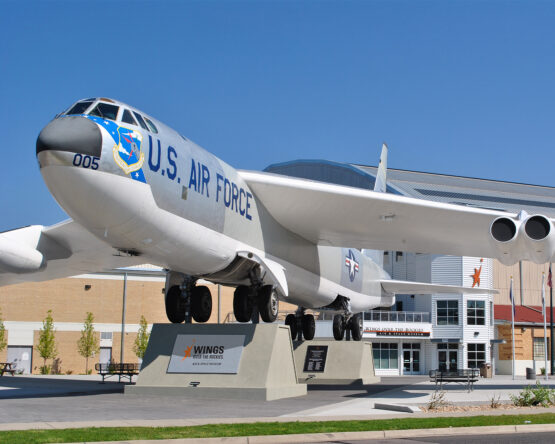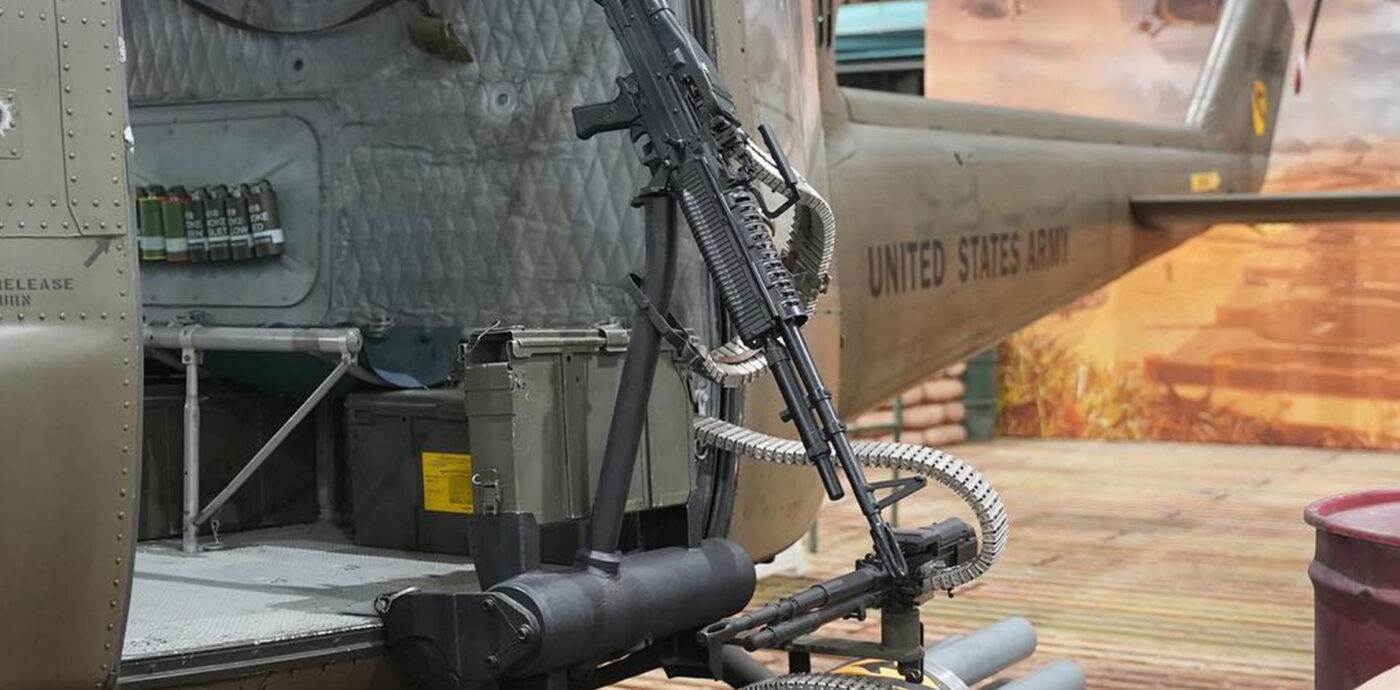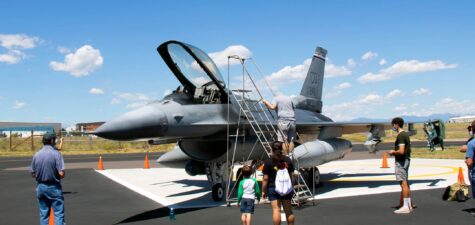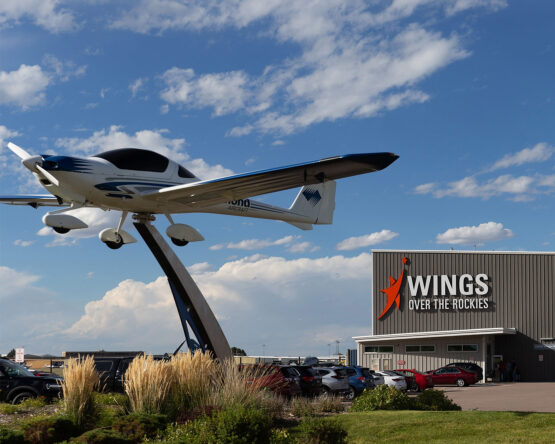One of the most iconic symbols of the Vietnam War is the Bell UH-1 “Huey” helicopter. Hueys served throughout the conflict as troop and cargo carriers, air ambulances, and gunships with the US Army, Navy, Air Force, and Marine Corps. Over 7,000 of these helicopters saw use in the war, because the difficult terrain and lack of improved roads in the region made them the fastest way to move people and materials to where they were needed. The use of the Huey in Vietnam set the pattern for “air mobility” in wars of the future.
Early in the conflict, the Army realized that they needed dedicated attack helicopters to support the unarmed troop carrier helicopters. These gunships were heavily armed with machine guns, rockets, and grenade launchers to suppress enemy ground fire during assault landings and act as airborne artillery for troops on the ground. The UH-1M was specifically built for the gunship role, with a more powerful engine and wider rotor blades to carry the weight of the weapons.
This UH-1M was manufactured by Bell Helicopters in 1967 and served two combat tours in Vietnam from 1967 to 1969 with the 9th Air Cavalry Regiment of the 1st Cavalry Division (Airmobile). In 1971 it returned to the US and Bell rebuilt it for service with the Nebraska Army National Guard. After retirement the Army assigned it for use as a target at the White Sands Missile Range.
Col. Bill McPherson had flown this helicopter while serving in Vietnam. He acquired and restored “Sweet Sioux” as a mobile display for parades and military functions. He and Lt. Col. Kenneth Overturf, also a Vietnam War Huey pilot, spent many hours touring the state with the Huey and talking to Vietnam Veterans before donating it to Wings Over the Rockies in 2020.
Aircraft specifications:
Fuselage length: 42 ft 7 in (13 m)
Rotor diameter: 48 ft (14.6 m)
Maximum speed: 144 mph (232 km/h)
Maximum weight: 9,040 lb (4,100 kg)
Engine: Lycoming T-53-L-13, 1,400 hp (1,000 kW)
 Air & Space Museum
Air & Space Museum


















